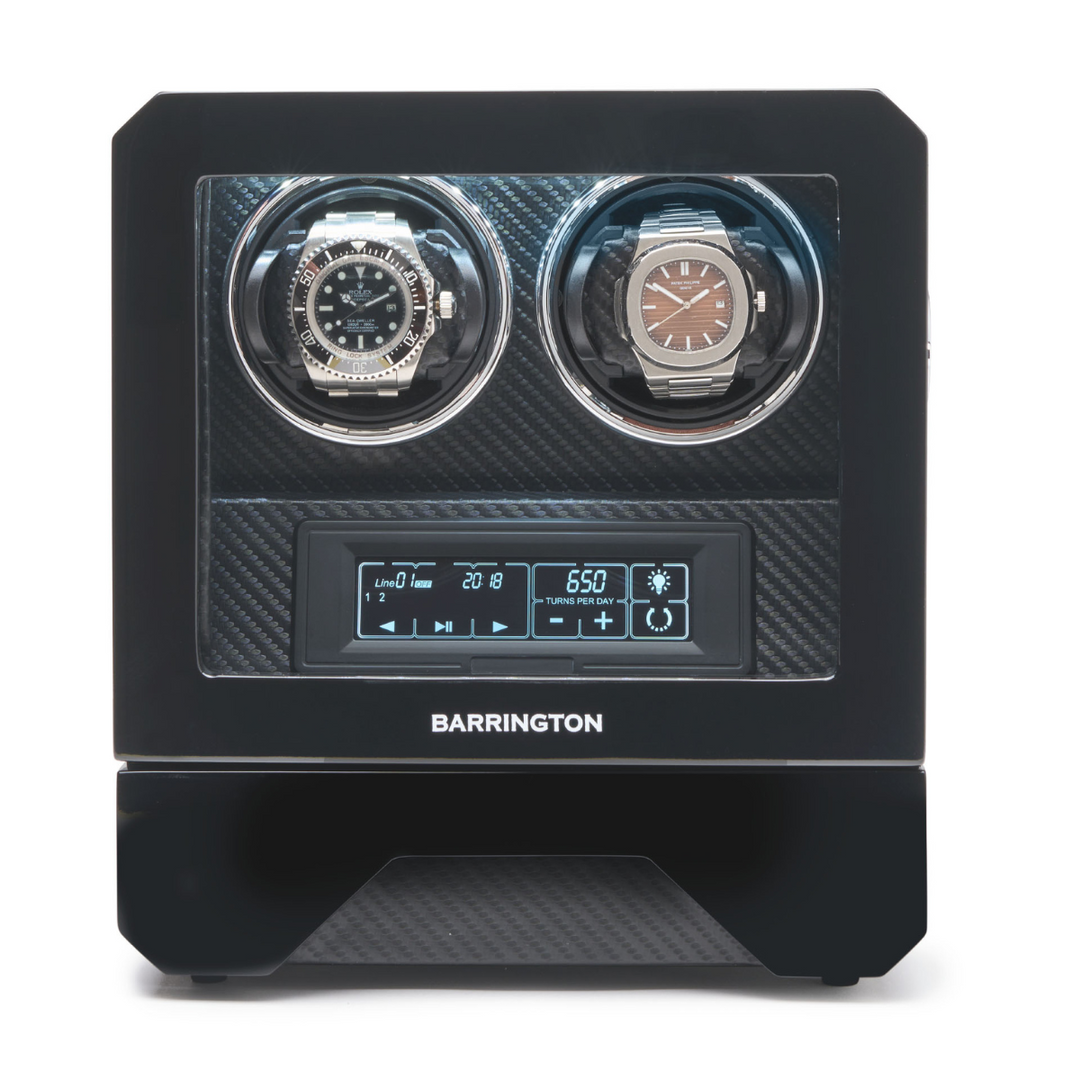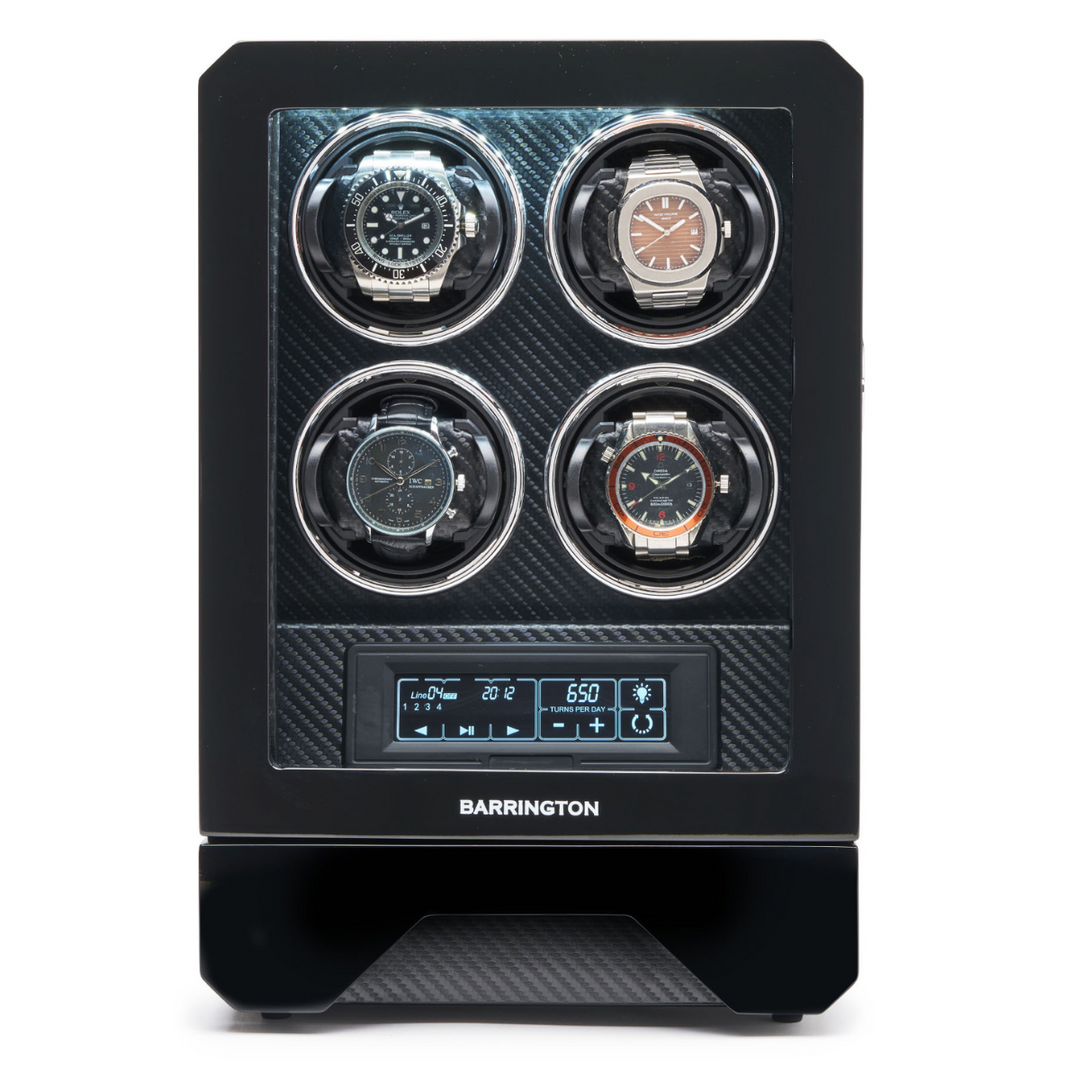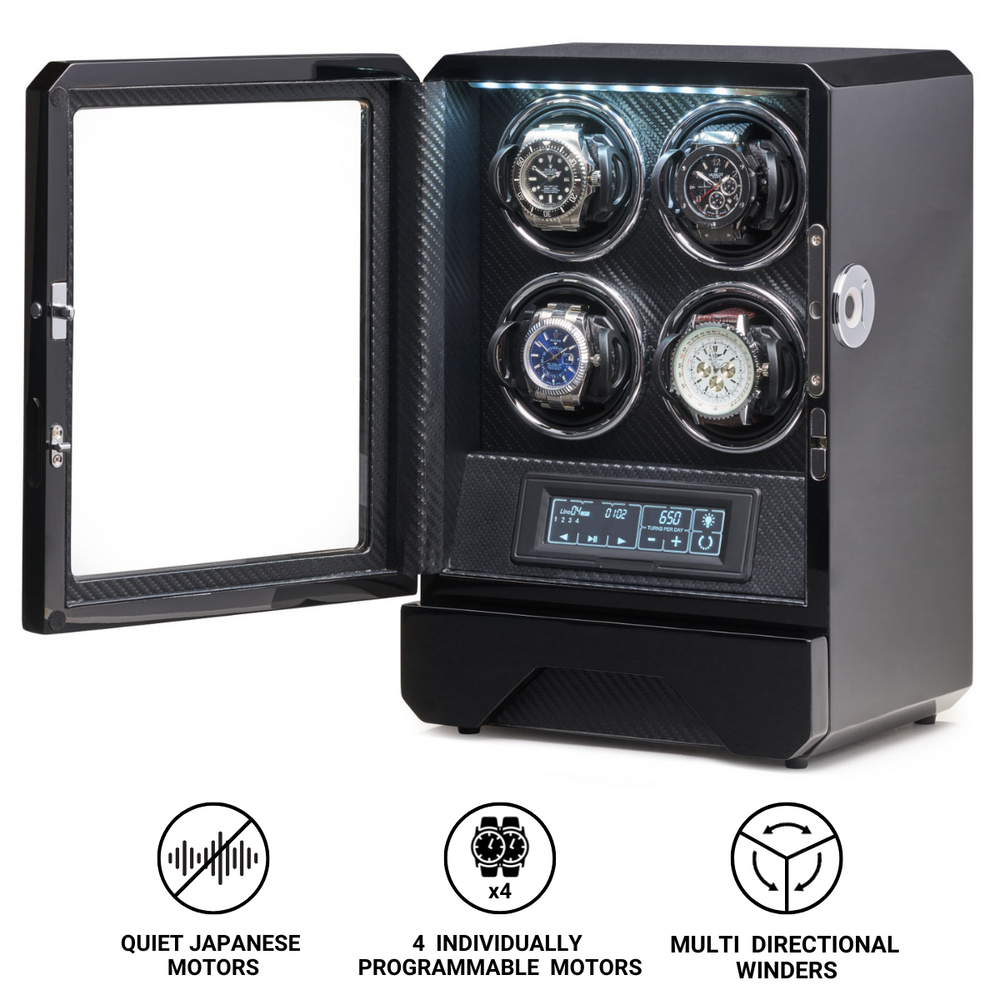Why Are Gold Rolex Watches Getting More Expensive in 2025?
Rolex began the new year with a notable price adjustment, increasing the cost of several gold timepieces by over 8%. This quiet yet significant change follows a year in which gold shattered records, hitting an all-time high of $2,790 per ounce. As precious metals continue to climb, their impact is being felt across the luxury watch industry, and Rolex’s pricing reflects that reality.

Photo by Sabrianna on Unsplash
Some of the most sought-after models, including the yellow gold GMT-Master II and the Day-Date 40mm with a black dial, have seen their tags jump by several thousand dollars. For instance, the Day-Date now hovers around $45,800, a notable leap from its previous $42,000 price point. These increases align with estimates that Rolex uses over 100 grams of gold in the case and bracelet alone, depending on customizations. While steel models like the Submariner and Cosmograph Daytona have also experienced price bumps, their hikes remain modest at 2–3%.
Though Rolex typically adjusts pricing annually in January, this year marks the second hike within a 12-month window; last June, select gold models in the U.K. quietly rose by around 4%. The trend suggests that precious metal fluctuations are becoming harder for the brand to absorb without passing costs on to consumers.
Will Demand for Gold Rolexes Slow Down? Not Likely.
Despite signs of a cooling luxury watch market and increased economic uncertainty, consumer appetite for gold Rolexes remains strong. Inflation, geopolitical tensions, and a faltering Chinese economy have all contributed to gold’s meteoric rise—and investors are still bullish. Forecasts from Goldman Sachs even suggest gold could hit $3,000 per ounce by the end of 2025; such projections only reinforce gold’s prestige and desirability, both for investors and luxury shoppers.
Within the watch world, some experts believe rising gold prices might prompt brands to adapt; by improving supply chains or exploring recycled materials. However, others like Charles Tian of WatchCharts argue that Rolex’s core demand remains resilient. Even as the secondary market softens slightly, Rolex watches still command around 20% above retail, and nearly half of all Rolex models sell for more than their suggested retail price.
Simply put: Rolex doesn’t seem to be struggling to move product. The allure of gold, combined with the brand’s status and exclusivity, ensures that even with steeper prices, demand continues to gleam.














